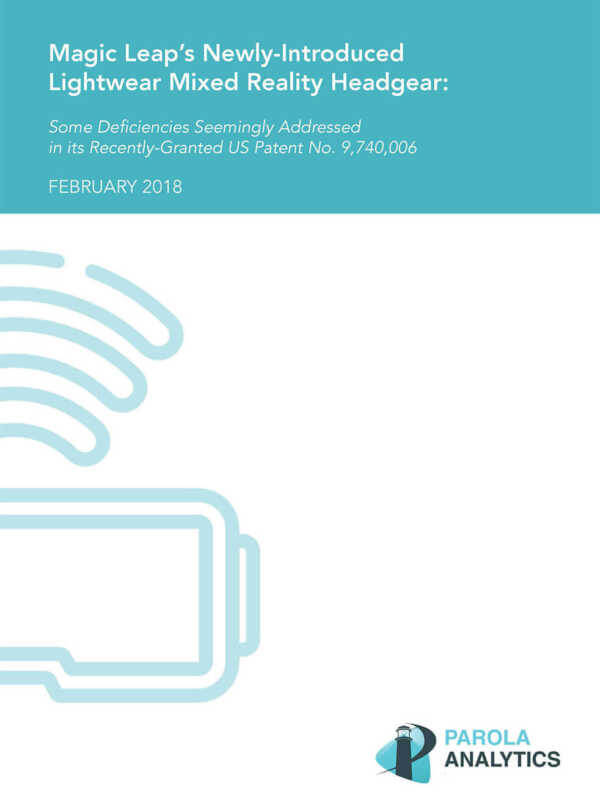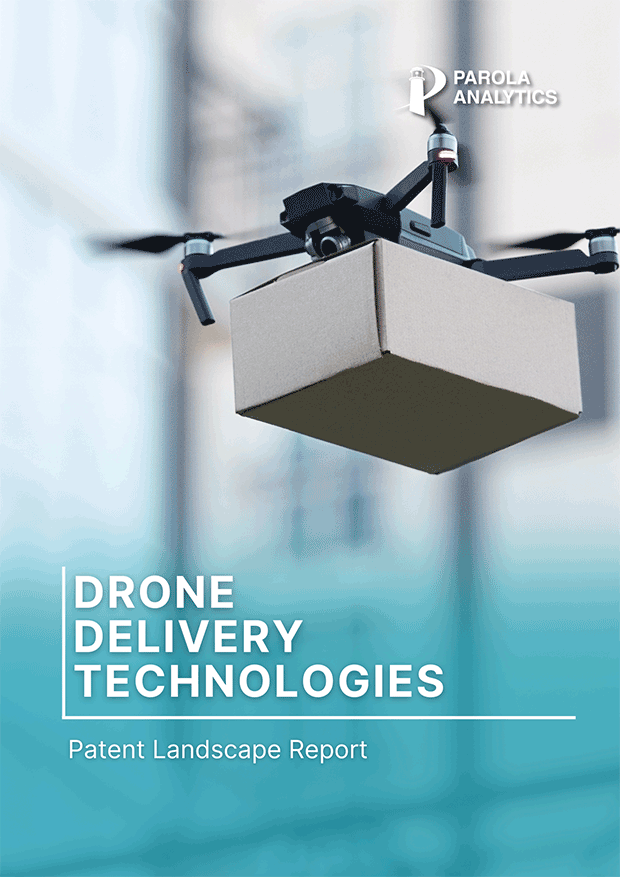Magic Leap, after much hoopla and protracted anticipation that later turned into doubts for some, has finally publicly introduced what appeared to be its first commercial product prototype last Dec. 20, 2017. Its CEO and founder, Rony Abovitz, refused to specify a release date or price, but he said the first product version will be available this year.
Magic Leap, which was launched in 2011, has received much attention because of its very high-profile backers like Google. It has already received $1.9 billion in funding and its valuation has been rising and was recently pegged at about $6 billion. Accordingly, Abovits’ interest lies mainly in mixed reality (which “adds the images into the real world but is also aware of you and the world you inhabit”), rather than in virtual reality (which “recreates everything you see”) or augmented reality (which “can inject images into your world”), according to the Rolling Stone.
Interestingly, two of the shortcomings of Magic Leap’s newly-introduced headgear that were highlighted in the Rolling Stone online article appear to have been addressed by the claimed invention described in US Patent No. 9,740,006 (“Patent ‘006”). These two shortcomings have to do with the challenge of coming up with a mixed reality head-mounted device that affords a wide field-of-view and provides the ability to generate multiple focal points.
Patent ‘006, whose corresponding patent application was filed on Sep. 11, 2013 and issued into a patent on Aug. 22, 2017, was assigned by Augmented Vision Inc. to Magic Leap. The assignment was recorded on Jul. 18, 2017 according to the USPTO Public Patent Application Information Retrieval site, less than one month before Patent ‘006’s grant date.
The sole listed inventor of Patent ‘006 is Chunyu Gao, who identified himself as president of Augmented Vision Inc. in his LinkedIn account as of Feb. 5, 2018. He obtained his PhD in Electrical and Computer Engineering in 2007 at the University of Illinois at Urbana-Champaign.
Parola Analytics have performed a technical analysis of the recently-granted US Patent No. 9,740,006 to find out if the deficiencies in Magic Leap One have been addressed by this patent.
Magic Leap’s Newly-Introduced Lightwear Mixed Reality Headgear




